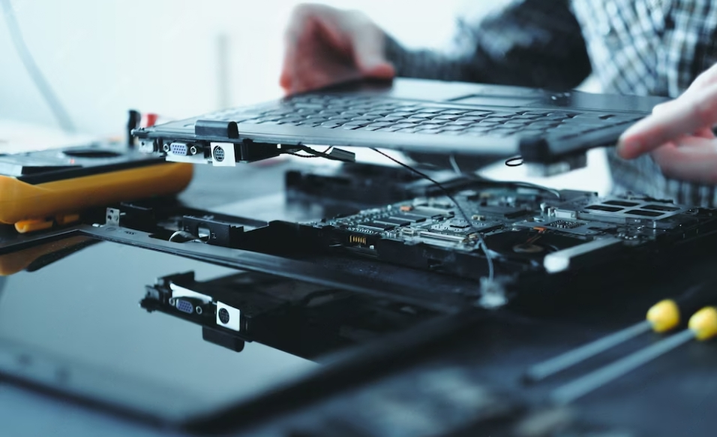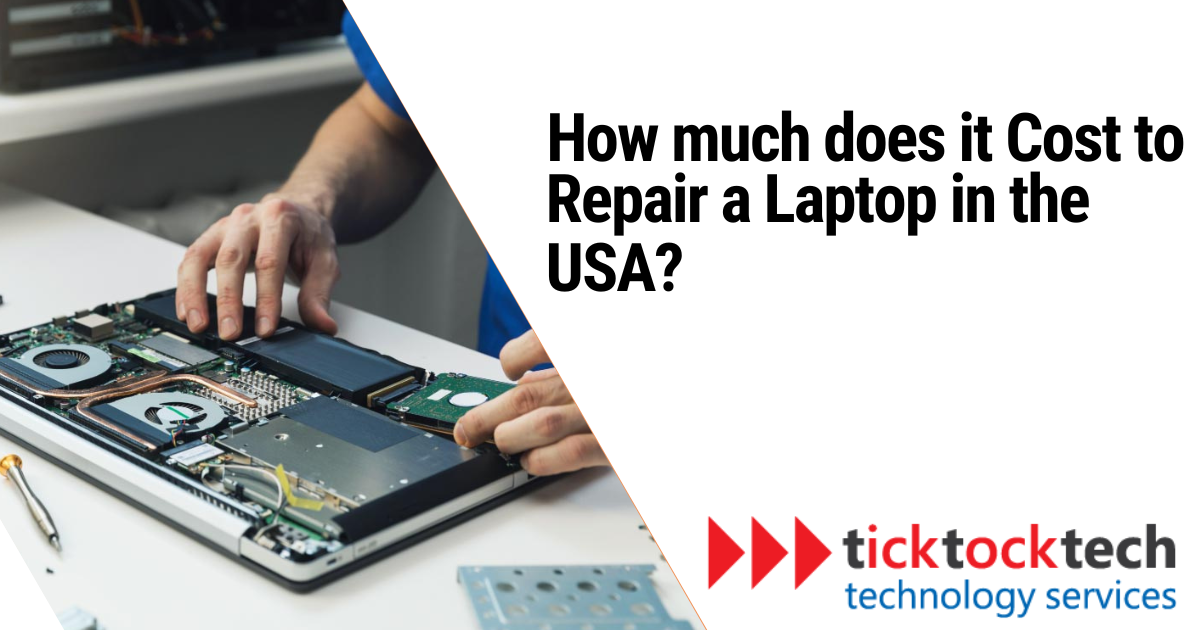Laptops have become a must-have in every household and organization. Whether it’s for work, entertainment, or staying connected with loved ones, we rely heavily on these portable devices. Unfortunately, like other smart devices, laptops encounter issues that require repair.
Factors Affecting the Cost of Laptop Repair
Several factors determine the overall cost of repairs. Understanding these factors is essential in assessing the potential expenses and making an informed decision. Let’s explore each of these factors in detail:
1. Type of Repair Needed
The nature of the repair plays a significant role in determining the cost. Some common repairs include screen replacements, battery replacements, keyboard repairs, and hard drive replacements. Naturally, replacing a battery tends to be more expensive compared to fixing hardware issues.
2. Warranty Coverage
Warranty coverage is an essential consideration when evaluating repair costs. If your laptop is still under manufacturer warranty, the repair may be covered, eliminating the need for you to spend on repairs.
However, it’s important to note that warranty coverage has limitations and exclusions. This means that if your laptop has suffered physical damage or the problem occurred due to mishandling, you may not be eligible for warranty repairs.
3. Brand and Model of the Laptop
The brand and model of your laptop influence the cost of repairs. High-end brands often have more expensive replacement parts because of their exclusive components. Additionally, less common or older models might require extensive research and more effort to find suitable replacement parts.
4. Reputable Repair Service or DIY
The choice between taking your laptop to a professional repair service or attempting a DIY repair can significantly impact the costs. While DIY repairs may seem like a cheaper option, they can actually end up costing more in the long run if the repair is not perfectly done. On the other hand, professional repair services offer the assurance of proper expertise and a higher likelihood of a successful repair, but they typically come with a higher price tag.
Understanding the Different Types of Laptop Repairs
It’s essential to understand that repair costs vary, but here’s a breakdown of the average prices for common laptop repairs:
1. Hardware Repairs
- Screen Replacement: One of the most common laptop repairs is screen replacement. Accidental drops or impacts can cause cracks or dead pixels on the screen. The cost of replacing a laptop screen varies between $50 to $200, depending on the model and screen size.
- Keyboard Replacement: Spilled coffee or accidental key damage can render your laptop’s keyboard ineffective. Replacing a laptop keyboard can cost anywhere from $15 to $500, depending on the model.
- Battery Replacement: Over time, laptop batteries lose their efficiency and may need replacement. A new laptop battery costs between $30 to $150, depending on the brand.
- Hard Drive Replacement: If your laptop’s hard drive fails, you may need to replace it. The cost of a new hard drive ranges from $50 to $200, depending on the storage capacity and type (HDD or SSD).
2. Software Repairs
- Operating System Installation: If your laptop’s operating system becomes corrupt or needs an upgrade, you may need to reinstall it. The cost of a professional operating system installation can range from $100 to $300, depending on the complexity and time required.
- Virus Removal: Malicious software or viruses can slow down your laptop or compromise your privacy. Professional virus removal can cost between $100 to $250, depending on the severity of the infection.
3. Data Recovery
- Hard Drive Data Recovery: In cases where your laptop’s hard drive fails, and you haven’t backed up your data, you may need professional data recovery services. Data recovery costs can vary significantly depending on the complexity and time required, typically ranging from $200 to $1000 or more.
Tips to Minimize Laptop Repair Costs

To avoid needing repairs in the first place, it’s crucial to take preventative measures seriously. These tips will help you minimize laptop repair costs and keep your device running smoothly for many years.
- Regular Maintenance: One of the most effective ways to prevent repairs is to regularly maintain your laptop. This includes cleaning the vents to prevent overheating, keeping your software and drivers updated, and protecting your device from physical damage.
- Data Backup: Regularly backing up your files is another crucial step in minimizing laptop repair costs. By saving your data to an external hard drive or cloud storage, you can protect yourself from the high costs associated with data recovery during severe hardware failure.
- DIY for Simple Repairs: If you’re skilled and confident, DIY repairs can be a cost-effective option for minor issues like battery replacement or RAM upgrades. However, be aware that DIY repairs can void your warranty and may cause further damage if done incorrectly.
- Purchase an Extended Warranty or Protection Plan: If you frequently use your laptop for daily tasks, an extended warranty or protection plan might be a wise investment. These plans cover the cost of repairs or replacements missing in the manufacturer’s standard warranty.
- Use Antivirus Software: Keeping your laptop protected will keep you safe from malicious attacks that could harm your laptop’s functionality. Regular scans and updates will help you identify and neutralize threats before they cause damage.
- Consult a Professional for Complex Issues: If your laptop is experiencing complex issues, it’s recommended to consult a computer repair technician. While this comes with a cost, it can often prevent further damage and potentially more expensive repairs down the line.
Conclusion: Cost of Laptop Repair in the USA
The cost of repairing a laptop varies depending on factors such as the type of repair needed, warranty coverage, and the laptop’s model. To minimize laptop repair costs, back up your data, purchase an extended protection plan, utilize an antivirus app, and consult a professional for complex issues. By taking preventative measures and making informed choices, you can keep your laptop running smoothly and avoid unnecessary expenses.

